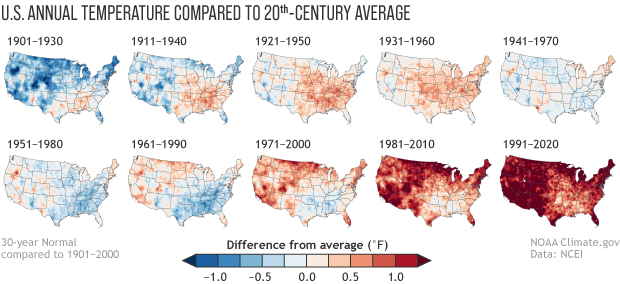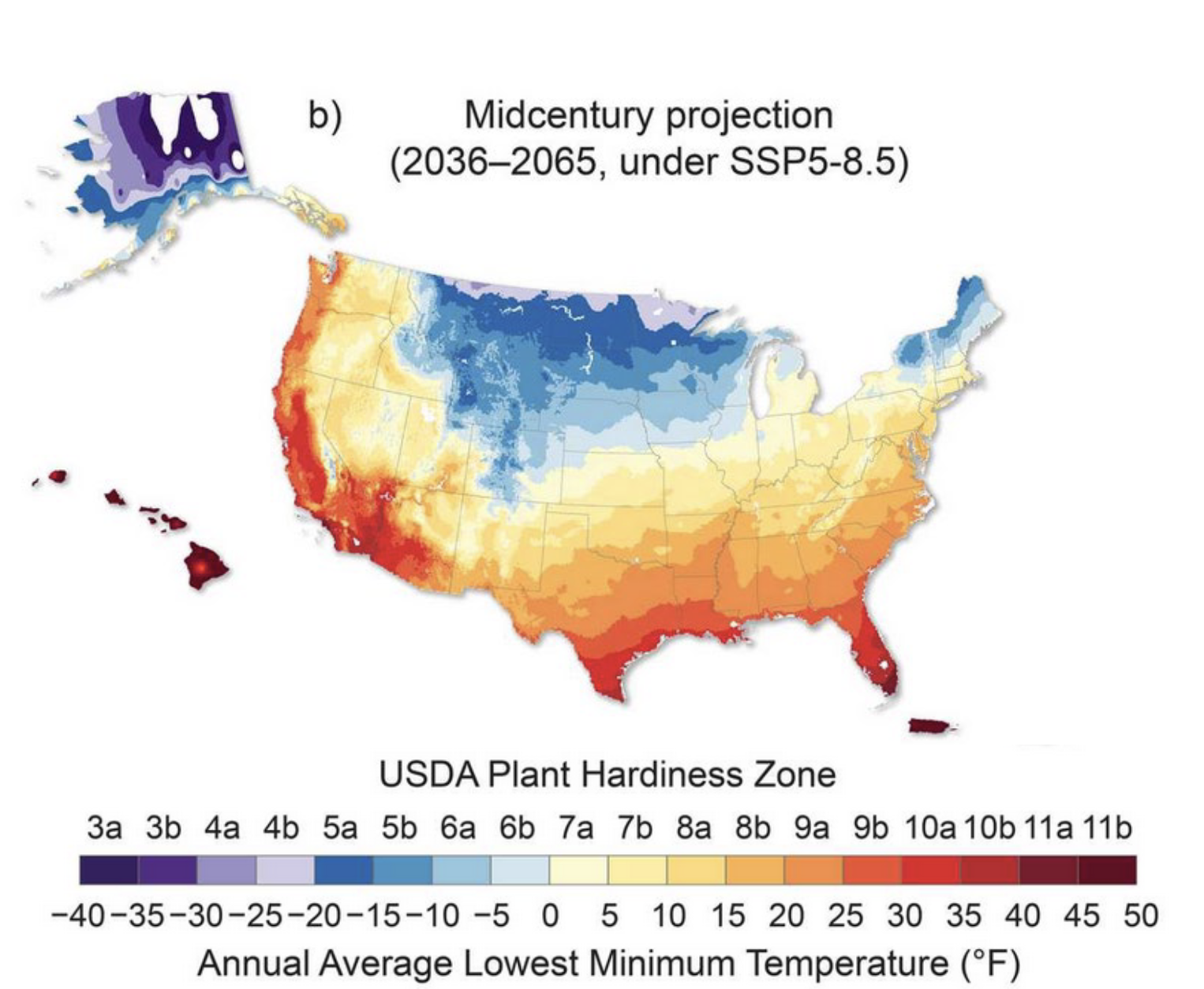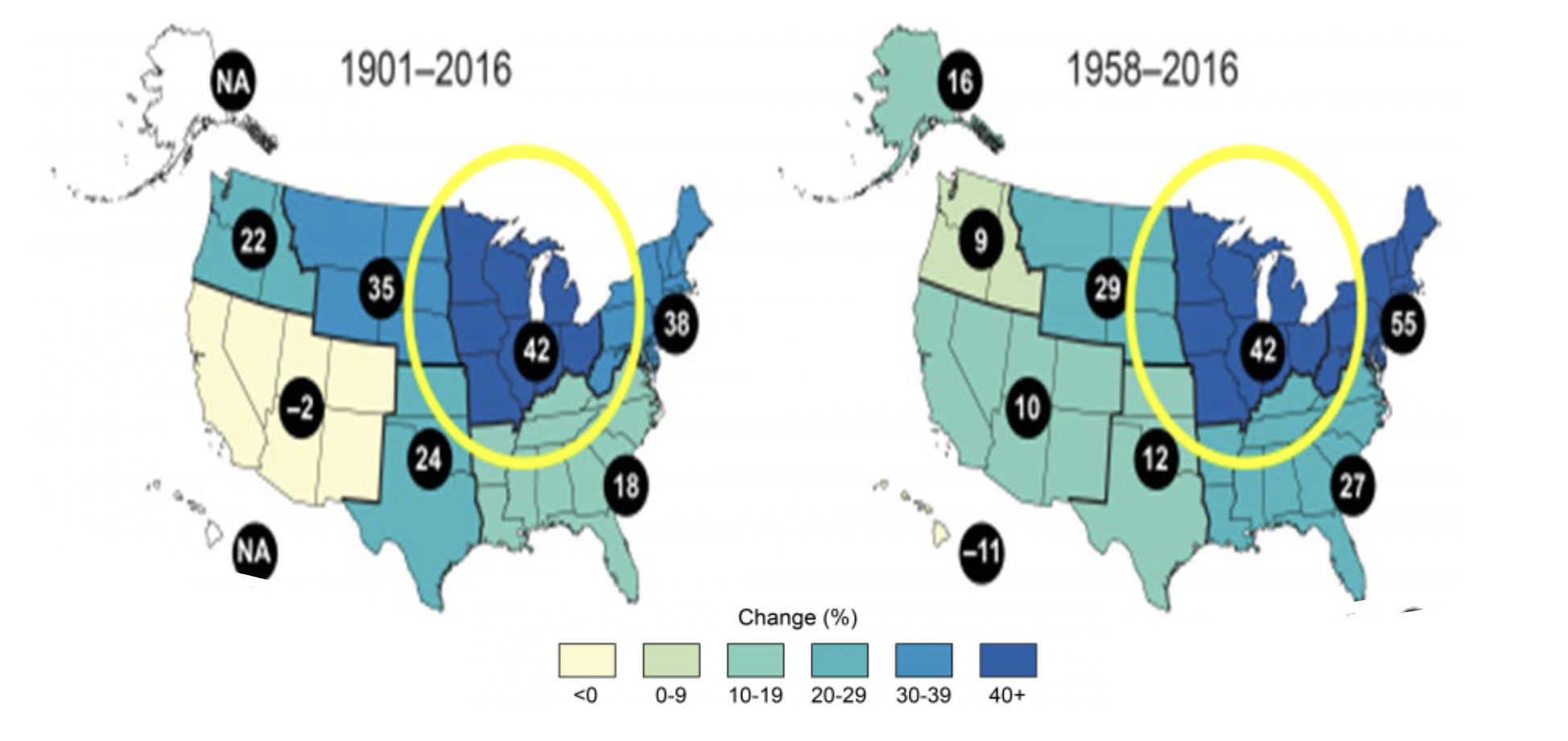Smart Farming in a Changing Climate: Tools and Trends You Need to Know
We are now living in a time where understanding climate trends and managing weather impact is as crucial as planting seeds.
Welcome to the future of agriculture — where climate-smart tools and insights guide us through this ever-changing landscape.
During AgriGold’s Specialty Products Conference, agronomy experts gathered to discuss the growing season, seasonal outlook, and how to adapt to a changing climate. Duane Friend, Illinois Climate Specialist from the University of Illinois Extension shared his expertise on how climate trends will impact agriculture.
Key Takeaways:
- The Midwest is experiencing significant shifts in climate that impact farming practices and crop productivity.
- Farmers must adapt their practices to increase resilience amidst this change.
- Leveraging climate-smart tools and resources is essential for informed decision-making and better farm resilience.
Weather Trends in the Midwest
Farmers need to understand climate trends in order to adapt and thrive in an increasingly unpredictable environment.
Here's a closer look at the key weather changes shaping the Midwest and what they mean for agriculture:
Higher temperatures: The Midwest is experiencing warmer winters and springs than in previous decades. This extended growing season offers both opportunities and challenges, requiring farmers to adjust their practices accordingly.

Increasing hardiness zones: Hardiness zones are shifting north, altering the types of crops that can be successfully grown in various regions.

Higher humidity: Rising dew points and humidity levels lead to more water vapor in the air, which can harm corn storage and increase the risk of fungal pathogens. Higher humidity also raises daily minimum temperatures, leading to longer, hotter days.
Corn sweats: According to Illinois State Climatologist Trent Ford, the humidity emitted by growing crops, known as corn sweats, can negatively impact crop conditions. These sweats could increase in the face of higher temperatures.
More intense precipitation: The frequency of heavy rainfall events has increased, with the number of two-inch or greater rain days in locations like Illinois up by 40% since the start of the century. This shift has led to wetter April planting seasons and a varied August growing season.

Flash droughts: Sudden, intense droughts, often preceded by heat waves and high winds, can rapidly deplete available water and pose a significant risk to crops. These events are tied to climatic patterns like La Niña and occur primarily during warm seasons in the central United States.
Early dormancy breaks: Warmer winters and springs can cause plants to break dormancy earlier. This can cause mismatches between flowering times and the availability of pollinators.
Preparing for the Future – Key Considerations for Farmers
As we look ahead to the next few decades, climate change is expected to push average summer and winter temperatures up to pre-industrial levels. This significant rise will necessitate new strategies to manage crop health and productivity.
Here are some key areas farmers should consider adjusting:
Adapt to variable frost/freeze dates: While early springs may become more common, late frosts can still occur. Use average frost/freeze dates as a guide for planting and managing crops.
Drainage water management: Efficiently manage drainage to ensure optimal field conditions and prevent the loss of nutrients and water that are vital for crop growth.
Weather-related stress management: Proactively manage crops to withstand heat, drought and heavy rain. Pay close attention to potential fungal outbreaks, especially after significant rainfall events.
Monitor grain quality: Warmer winters can lead to higher moisture levels in the air, making it crucial to closely watch grain quality in storage bins.
Utilize risk management tools: Leverage online tools and resources to stay informed about current conditions and future forecasts. Key tools include the Climate Toolbox, Midwest Climate Hub, Midwest Regional Climate Center, NOAA Climate Prediction and more.
Monitor heat stress: The Wet Bulb Globe Temperature (WBGT) is valuable for measuring heat stress in direct sunlight, considering factors like temperature, humidity, wind speed, sun angle and cloud cover. Using the WBGT helps monitor the effect of heat stress on plants throughout the day.
By leveraging these tools and expert guidance, farmers can make more informed decisions, adopt strategies to enhance resilience and maintain productivity in the face of climate change.
The Bottom Line
In the ever-changing worlds of both agriculture and the weather, farmers will need to embrace the future with climate-smart tools and insights to navigate the challenges of a changing climate.
For help integrating these strategies into your farming operations, contact your local AgriGold agronomist today.



